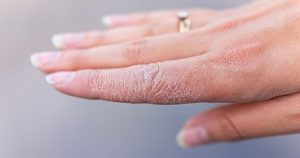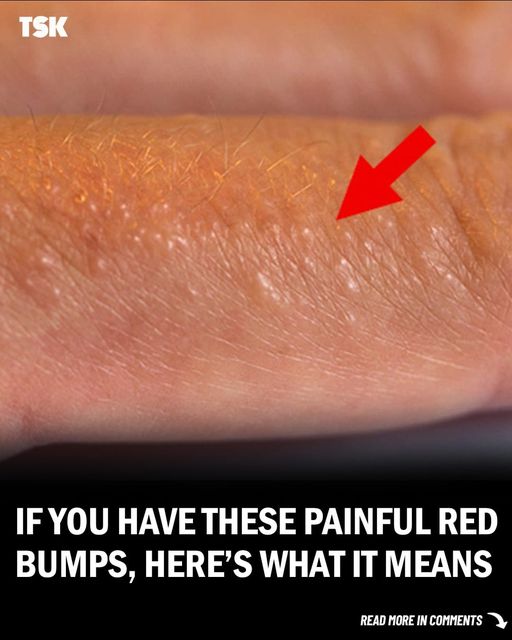Pedopompholyx (affects the feet)
Cheiropompholyx (affects the hands)
Vesicular palmoplantar eczema
Dyshidrosis
Foot-and-hand eczema
Dyshidrotic dermatitis
Vesicular eczema
Pompholyx
Symptoms of Dyshidrotic Eczema

Each type of eczema varies slightly in the way that it presents itself, and so the treatment also varies slightly. So, in order to know how to treat yourself, it’s important to recognize your dyshidrotic eczema for what it is. All forms of eczema cause inflammation to the skin, yet they are each different in their own ways. Correctly identifying your dyshidrotic eczema is the first step in relieving your symptoms.
Common dyshidrotic eczema symptoms include [3]:
Deep-set blisters on hands and feet (specifically on the edges of the fingers, toes, palms, and soles of the feet)
Itching
Redness
Flaking
Scaly, cracked skin
Pain
What Causes Dyshidrotic Eczema?

Dyshidrotic eczema is twice as common in women as it is in men, and while it can occur in people of any age, it is most common in adults aged 20-40. People with contact dermatitis, atopic eczema, or hay fever are at a higher risk of developing dyshidrotic eczema. It also is hereditary, so if you have a close relative that has dyshidrotic eczema than your likelihood of getting it increases [3]. Dyshidrotic eczema does have a tendency to get infected, which delays the healing process [3]. If you believe that this is the case for you, then contact your healthcare provider immediately to seek advanced treatment.
How to Treat Dyshidrotic Eczema on Hands
ADVERTISEMENT
